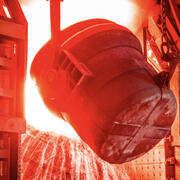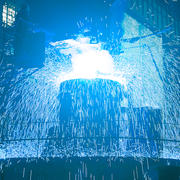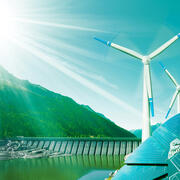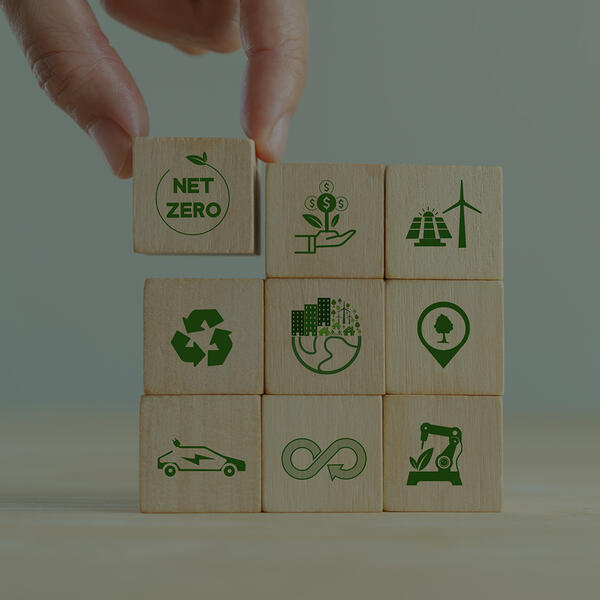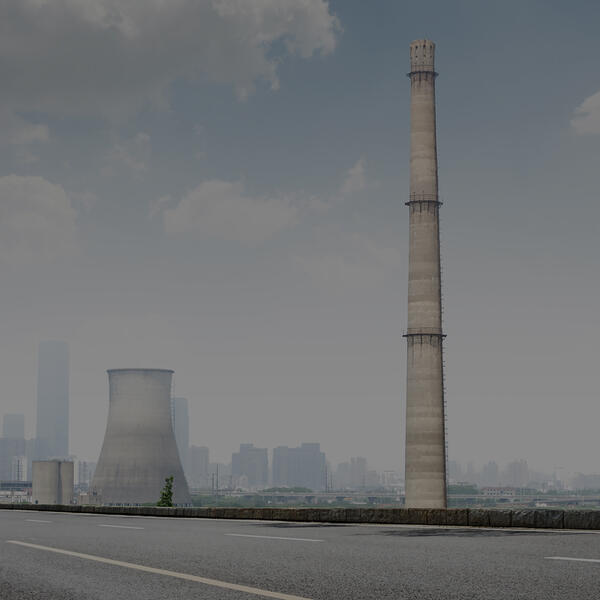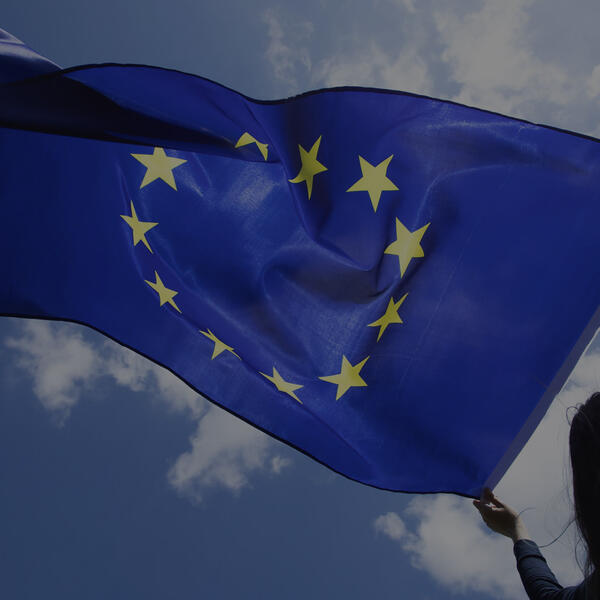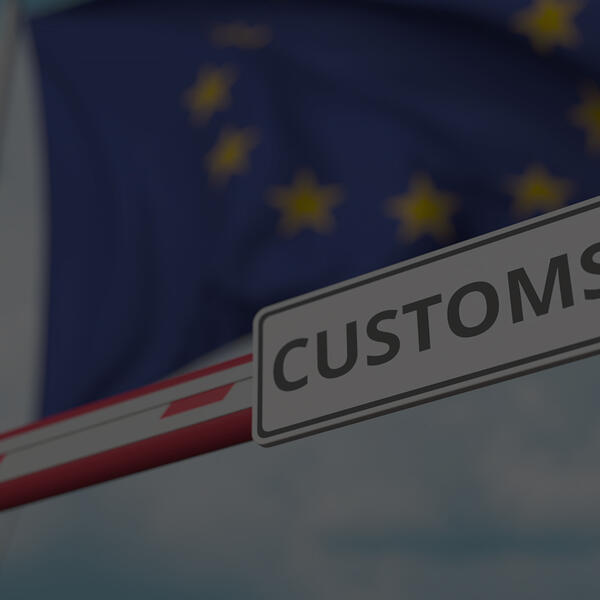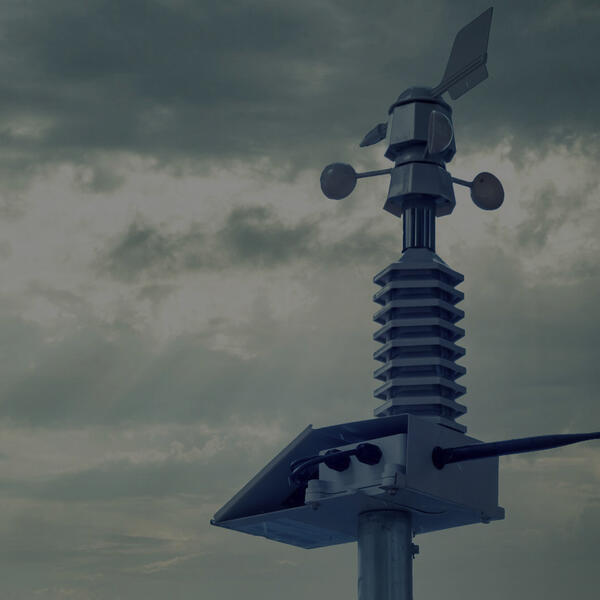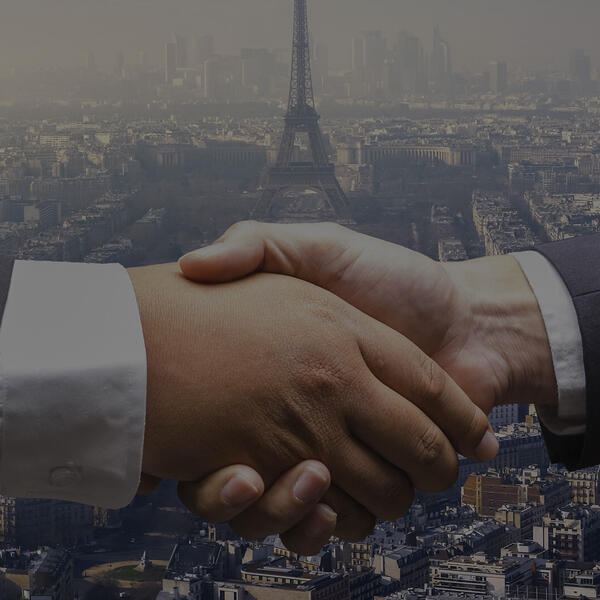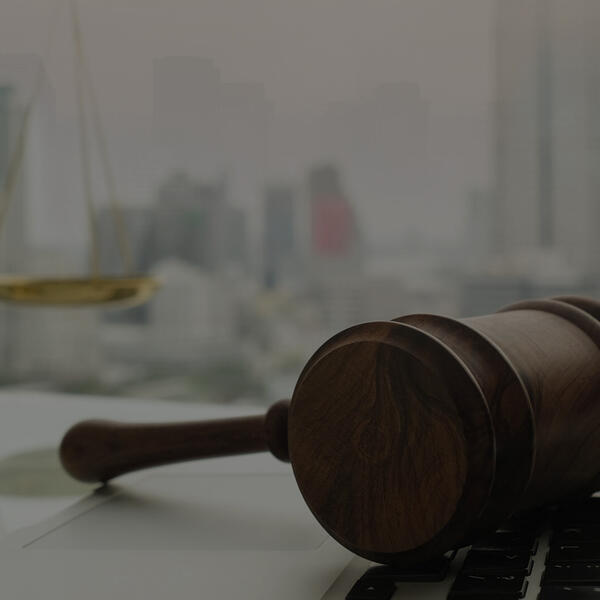One problem - one goal
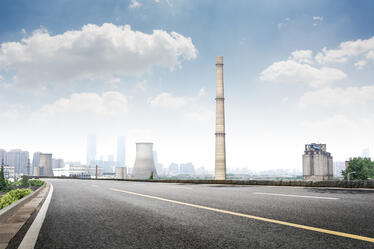
Avoidance of greenhouse gas emissions
Hydrogen as a solution element
Innovations such as direct reduction with green hydrogen and electric arc furnaces with high scrap input are intended to reduce the use of fossil fuels in steel production and thus contribute to lowering greenhouse gas emissions and achieving climate targets.
The primary aim is to avoid and replace coal consumption in the blast furnaces, but also the use of natural gas in other processes.
A key element of the solution is hydrogen (H2). Hydrogen is to be produced step by step from water and electricity using purely renewable energy sources (green hydrogen). In the transition period, production from natural gas also offers considerable potential for improvement (gray hydrogen).
3 ways of solution
Route 1 - Blast furnace
Around 70% of crude steel is still produced using coke. However, this form of extraction is increasingly viewed critically.
Route 2 - Arc furnace
The electric steel route describes production in the electric arc furnace. This route is often seen as a bridging technology for green steel.
New - Green steel
Fossil-free green steel is decarbonized steel. CO 2 is either completely avoided or captured and converted or stored.
Navigating the future
A model with standardised rules
Low Emission Steel Standard (Less)
LESS is an initiative of the German Steel Federation, which is supported by the Federal Ministry of Economics and Climate Protection (BMWK) and aims to accelerate the development of demand for CO2-reduced steel and enable initial sales markets. LESS is designed in particular to accompany the transformation of the steel industry with a labelling system that can be used to map the step-by-step path to climate neutrality and make it possible to compare different steel products. The standard offers steel users the opportunity to track the progress made in reducing climate-relevant emissions in steel production on the basis of standardised rules and to integrate it into their own sustainability strategies.
Alternative approach with the same goal
ResponsibleSteel Standard
Responsible Steel is a global, non-profit organisation that aims to maximise the steel industry's contribution to a sustainable world. They have developed an independent standard and certification programme to ensure that steel is produced in an environmentally friendly and socially responsible way.
The ResponsibleSteel International Production Standard combines three key emissions indicators:
1. company-level Paris-aligned pathways to 2050;
2. decarbonisation progress steps at site level; and
3. product-related Product Carbon Footprints (PCFs) / Environmental Product Declarations (EPDs).
Der Stahlo Stahlkompass
Das Umweltbewusstsein wächst weltweit und fordert zunehmend ein, das auch Sie den CO2-Fußabdruck Ihres Unternehmens reduzieren müssen. Der Einkauf von energieintensiven Produkten wie beispielsweise Stahl bietet dafür oft den größten Optimierungshebel.
Unser Stahlkompass hilft Ihnen, die Emissionen Ihrer Lieferkette für Ihr Flachstahlportfolio zu berechnen und nachhaltige Ziele bis 2030 zu planen, um Transparenz und fundierte Entscheidungen zu fördern. Erleben Sie hier das Prinzip des Stahlkompass. In einem persönlichen Termin können Sie den Stahlkompass für Ihr Produktportfolio mit Ihren realen Daten nutzen.
Supply chain and DMP

The Digital Material Passport is forgery-proof transparency and thus represents an indispensable asset for the supply chain.
DMP Validator
General framework

Three requirements
Key elements of transformation
For industrial decarbonization to be successful, three elements must be successfully regulated by political decision-makers at national and European level:
- A reinforced carbon leakage protection,
- Faster access to alternative energies,
- Increased financial support!


